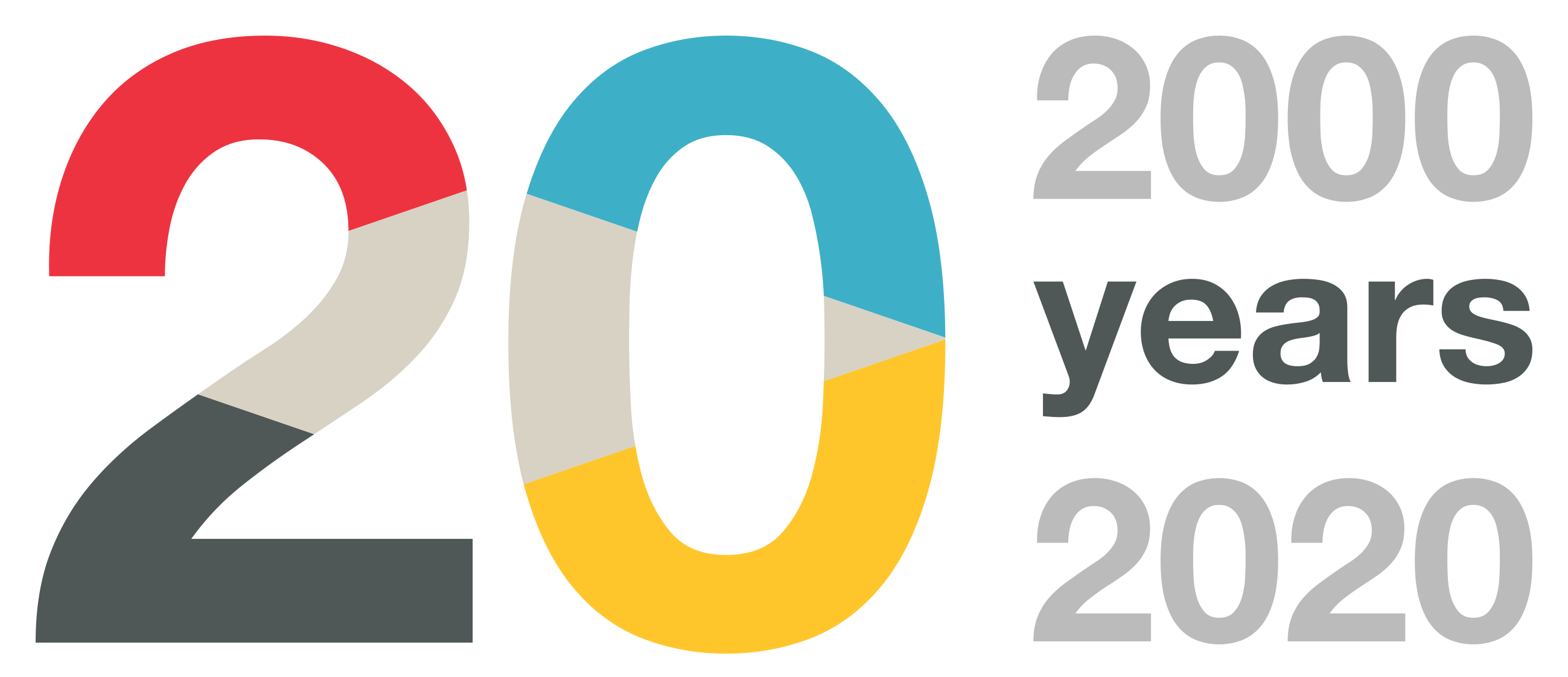1 minute read.Crossref is 20
It seems like only yesterday…
On January 19th, 2000 a new not-for-profit organization was registered in New York State. It was called Publishers International Linking Association, Inc but was more commonly referred to as “CrossRef”. This means that Crossref will be 20 years old on January 19th, 2020 so I wanted to mark the occasion with a short post. We are planning more ways to mark our 20th anniversary later this year so keep a lookout.

Crossref becoming a legal entity was the result of developments over the previous few years and the DOI-X pilot in 1999. Moving quickly, the fledgling organization issued its first news release on February 2nd, 2000 - Crossref Update Journal Reference Linking Service Names Executive Director, Board of Directors, New Members, and a “Go Live” Timetable - announcing the appointment of an Executive Director (me!), that there were 22 members, and a plan for launching the system. From these beginnings, Crossref has grown into one of the most successful examples of sustainable scholarly infrastructure. This is due to the hard work and support of many people and organizations, and an organizational structure and governance and sustainability model that has proven very robust.
Looking back, Crossref has achieved an amazing amount but it certainly wasn’t a forgone conclusion that we would be successful. On our tenth anniversary we wrote an overview of Crossref’s founding and early years The Formation of Crossref: A Short History, which highlights that vision, collaboration, trust and utility all contributed to Crossref’s success. I particularly want to recognize Eric Swanson, from Wiley, and Pieter Bolman, from Academic Press/Harcourt Brace for their critical role in the founding of Crossref and in its early success by providing the vision, bringing everyone together, serving as the first Chair and Treasurer of the organization, and providing me with support and guidance in Crossref’s early start-up phase.
Our history document notes that Crossref grew more quickly than expected, “By the end of 2003, CrossRef had 300 members with 12 million DOIs assigned, compared to the initial projection of 60 participating publishers and 3 million DOIs assigned.” Looking at the 2010 annual report at the ten year mark, Crossref had 43 million content items, 943 members and 15 staff. Since then, Crossref has continued to grow faster than expected and, in fact, at the start of of 20th year, growth is increasing. Our latest annual report “Crossref Annual Report & Fact File 2018-19” highlights that there we have 111 million content items - an average annual increase of 15%; over 11,500 members with over 180 joining per month - an average annual increase of 112%; and 37 staff - an average annual increase of 7%. Crossref is also financially stable, having generated surpluses every year since 2003 and with no fee increases in 15 years - an effective 30%+ decrease for members.
Some of the most important statistics for me are those around DOI resolutions - humans and machines following persistent DOI links - and metadata dissemination via our open APIs and paid services. In 2010 there were around 470 million DOI resolutions for the entire year - we now see over 400 million resolutions per month. With metadata dissemination in 2010 there were on average about 40 million queries per month and there are now over 600 million per month meaning that huge amounts of metadata are flowing out into the ecosystem and improving persistent linking, discovery, and the research process. Also, very importantly, we are much more global and diverse than we were, with members and users from over 120 countries, representing all disciplines and all types of organizations (societies, commercial publishers, funders, start-ups, universities and other research institutions). And in a big change, the members in the top three fee categories accounted for 36% of revenue in 2019 - down from 56% in 2011, while the bottom three categories accounted for 46% of revenue in 2019 - up from 25% in 2011.
As we noted in our blog post from November 2019, A turning point is a time for reflection, “different people have always wanted different things from us and, since our founding, we have brought together diverse organizations to have discussions—sometimes contentious—to agree on how to help make scholarly communications better. Being inclusive can mean slow progress, but we’ve been able to advance by being flexible, fair, and forward-thinking.” While we’ve been very successful, there is a lot we can do better and it is tricky keeping all our stakeholders happy - but that’s what we’ve always done and we’ll continue to do it by being open, inclusive, collaborative, and willing to change and adapt. The one constant in Crossref’s 20 years has been change. The staff and board will be reviewing Crossref’s strategy in 2020 with the value research report and LIVE19 Amsterdam workshops as input. I’m confident we can continue to play a vital role in the scholarly research ecosystem.
A huge thank you to everyone over the years who has contributed to Crossref’s success - it’s a very long list and includes staff, board members, members, users, supporters, partners, consultants, and many others. Personally, I’m proud and honored to have played a role in Crossref’s success and development over the last 20 years and the best part is that there is more to come.
Keep an eye out for the publication of the outputs from our LIVE19 meeting and further 20th anniversary activities.





